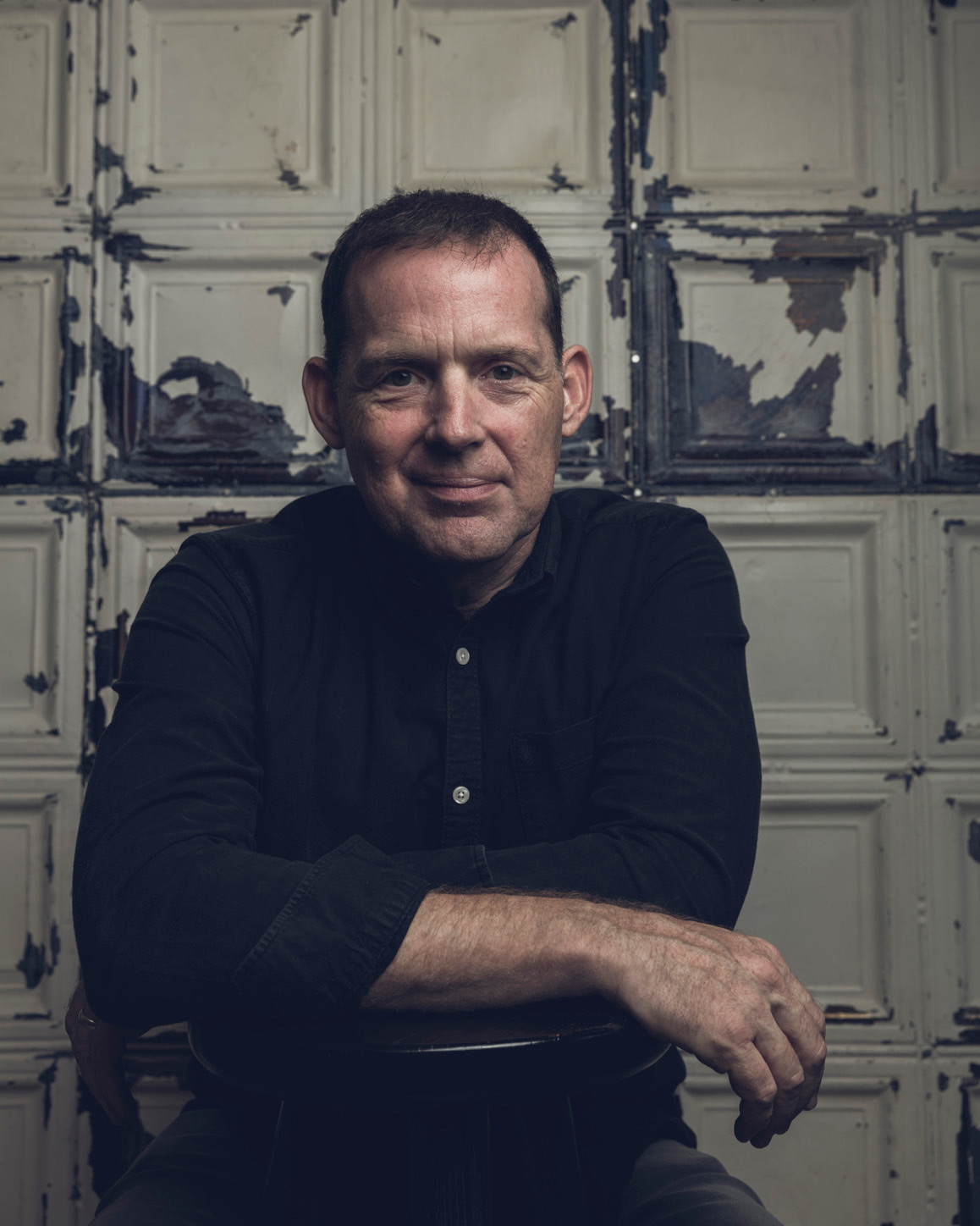
Interview

Above: A still from The Zone of Interest.
The Sound of Violence
Sound designer Johnnie Burn discusses his harrowing experience making the Academy Award-nominated holocaust drama The Zone of Interest.
By Theo Macdonald
Many visually inventive films will vie for Best Picture at 2024’s Academy Awards, , including Poor Things, Barbie and Oppenheimer, yet no other competitor communicates so much through sound as director Jonathan Glazer’s The Zone of Interest.
Loosely adapted from Martin Amis’s 2014 novel, the film follows Auschwitz commandant Rudolf Höss (Christian Friedel) and his wife Hedwig (Sandra Hüller). With five children, the couple live a charmed life of fishing, gardening and birthday parties. A high wall shields the family and the film’s audience from seeing the camp’s atrocities. Against this invisibility, the sounds of muffled gunfire, anguished cries and the crematorium’s constant rumble are an inflexible moral conscience. Glazer calls this soundtrack “the other film”.
The architect of this “other film” is sound designer Johnnie Burn. Asked how he came to sound design, Burn recalls a youthful accident when he went out for a run and left an Evian bottle under the kitchen tap. Arriving home, the pressurised bottle exploded, deafening him. He sat in his bedroom, crying, because he could feel his speakers vibrating but couldn’t hear the music. Hearing returned, but the surprise loss made him reevaluate his future.
Burn got a job at a recording studio and met Glazer, who was then making music videos. When Glazer started work on Birth, his second film, he invited Burn to be the head of sound, but ten minutes into screening the film’s test mix, producer Barbara Broccoli stood up and said “Stop, I can’t hear this anymore.” Burn realised he had mixed the film as if it were a TV commercial: flat and loud.
Five years passed and Glazer approached him again with his new film, Under the Skin, saying “Find out what you messed up last time.” On Under the Skin, Burn and Glazer discovered they didn’t like canned sound effects or sound effects made in a studio — “leather gloves for pigeons flapping”. Burn describes their approach as “more cinéma vérité”. “If you need the sound of something, go and find the closest thing you can find to it in the real world and go record that.”
Ten years later, The Zone of Interest stretches this immersive method. Glazer said to Burn, “I’m going to go and film this family drama in Auschwitz in 1943, and you are going to become an expert on the sound in Auschwitz in 1943”. Burn did, compiling a 600-page digital “bible” to log all known sounds in the Polish countryside or within the camp’s walls in 1943. He combed prisoner documents for what they heard and mapped the camp’s acoustic profile to understand how sounds would have travelled. Many of the film’s noises are ambiguous. Is that wailing a baby inside the house or a scream from the camp?
Of course, Burn was hesitant about the project. He felt responsible to victims and survivors of Auschwitz to faithfully, without sensation, reproduce the sound of the camp, and draw mental imagery in people’s heads based upon their existing knowledge of that period. Alongside that was the daunting challenge of being immersed in the world of the holocaust for two years. Over the year-and-a-half production, musician Mica Levi wrote “an incredibly elaborate, beautiful, amazing score”, but Burn and Glazer made the sad decision to cut it nearly entirely. “It said, ‘This didn’t really happen. It is a dramatisation.’”
Dry, cryptic, with little music and no heroics, The Zone of Interest starkly contrasts Schindler’s List and The Boy in the Striped Pyjamas. Burns suggests that the best way to connect with an intelligent audience is to show them something new. Telling this story now requires different tools than ten, twenty or eighty years ago.
Theorist Michel Chion coined “anempathetic sound” to describe film sounds indifferent to onscreen events, like the dripping shower in Psycho, gurgling as Janet Leigh slumps against the tile floor. “Anempathic music”, Chion writes, “conjures up the mechanical texture of film’s tapestry of emotions and senses.” Between The Zone of Interest’s two films — that we hear and that we see — are the mechanisms of history which allow tragedy to become theatre.

Photo: Johnnie Burn by Kevin Scanlon.
This story appeared in the March 2024 issue of North & South.


